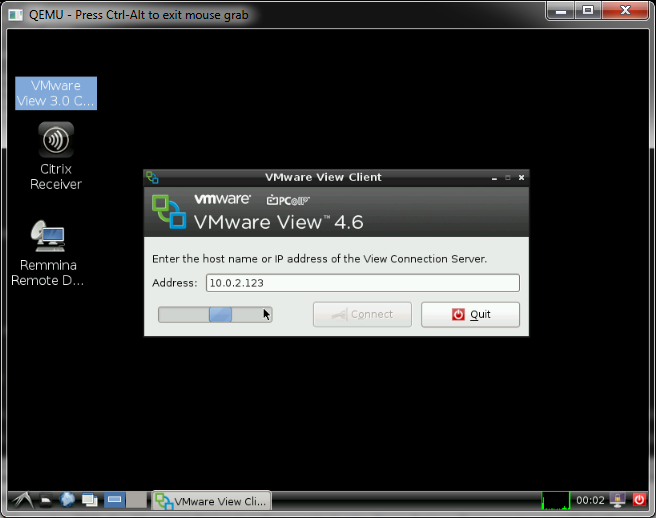

I spoke briefly about Docker and the upcoming Windows containers in Server 2016.ĭocker has been generating a lot of buzz, particularly among developers. I covered application layering and containers. Earlier this year, I presented at the VirtualExpo on the topic of: ‘Application Management: New Kids on the Block’. – Download selfextract archive – unpack it – start application – execute VMware vSphere Client.I have been spending a lot of time working with Turbo containers recently. How to ThinApp the VMware vSphere client? Now the configurations is done, now Power on this virtual machine and install Hyper-V Role.After that edit the setting on VM from vmware workstation select Processors and check the Virtualize Intel VT-x/EPT or AMD-V/RVI.How to install HyperV on VMware Workstation? Select the size of memory you want to provide your operating system.From Type’s drop-down select the Other and Version = other/unknown.Give some name to your Android virtual machine,like we have given Android test H2s.What is VMware application? How to install and run Android VM on VMware Player?Ĭlick on the NEW button from the VirtualBox menu. VMware Desktop & App Virtualization Products Provide access to virtual desktops and applications, creating a digital workspace to keep end users connected and productive anywhere they work. What are the examples of application virtualization?Įxamples of this technology for the Windows platform include:

On the other hand, application virtualization refers to insulate running programs from the underlying desktop and there are various methods for this. What is the difference between server virtualization and application virtualization?ĭesktop Virtualization refers to virtualizing desktops and applying operating systems to a remote or local client. In the simplest of terms, a virtual application runs on a computer without the need to be installed first. Virtual Applications are applications optimized to run in a virtual environment that can reside on-premises or in the cloud. Remote apps are a popular virtual app delivery solution wherein the virtual applications installed on a server are delivered to users’ devices. Simply put, a virtual app simply runs on a computer without being installed on it. Virtual apps are applications that are optimized to run in a virtual environment. Some examples include applications that require a device driver (a form of integration with the OS) and 16-bit applications that need to run in shared memory space. Not all computer programs can be virtualized. Desktop administrators use ThinApp to port legacy apps onto new operating systems, enable apps on high-security desktops and to streamline application updates and other management tasks. VMware ThinApp is an application virtualization tool included in VMware Inc.’s Horizon Suite and available as a standalone product.


 0 kommentar(er)
0 kommentar(er)
